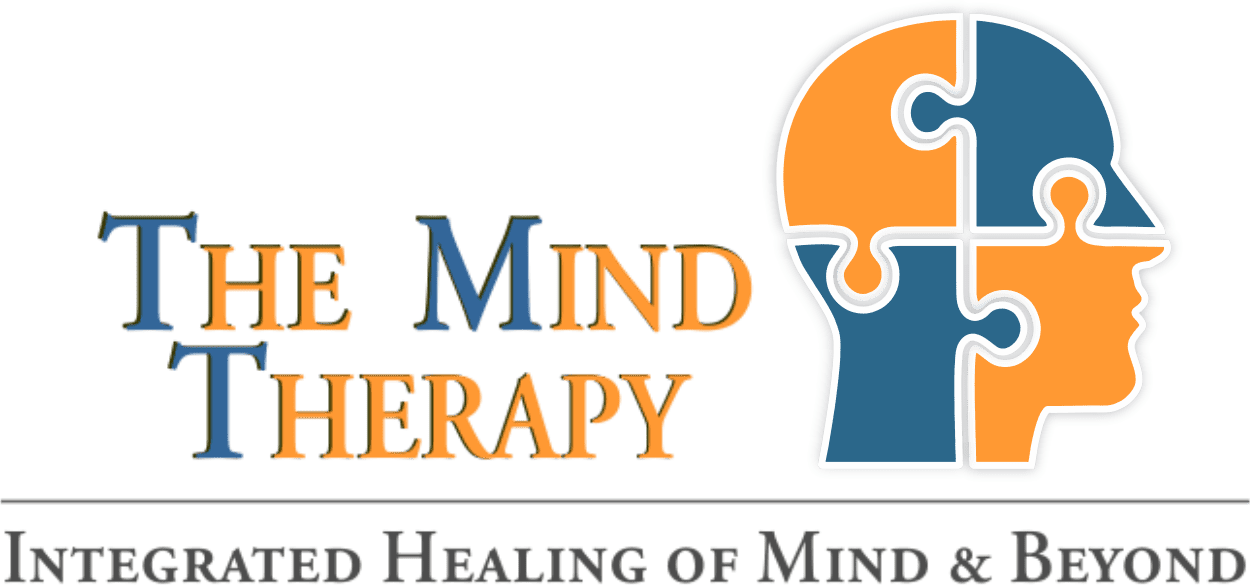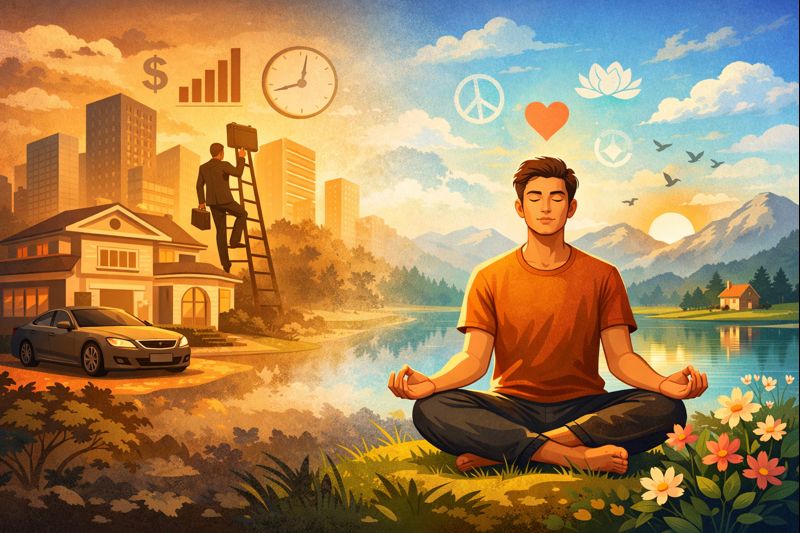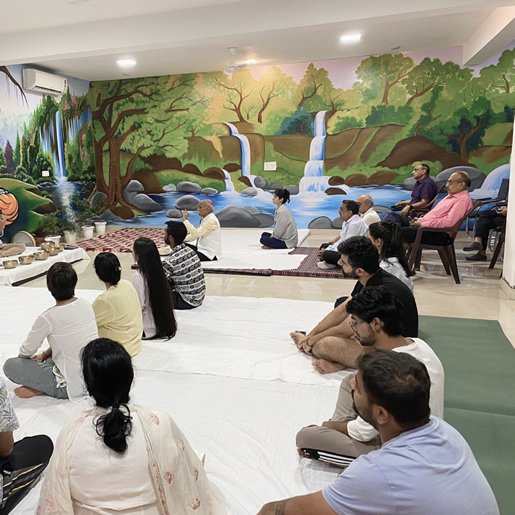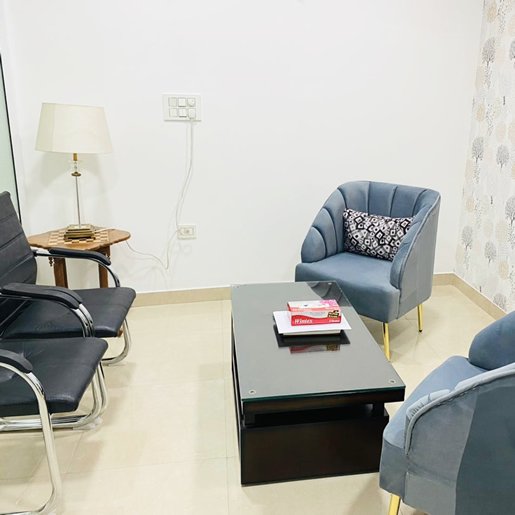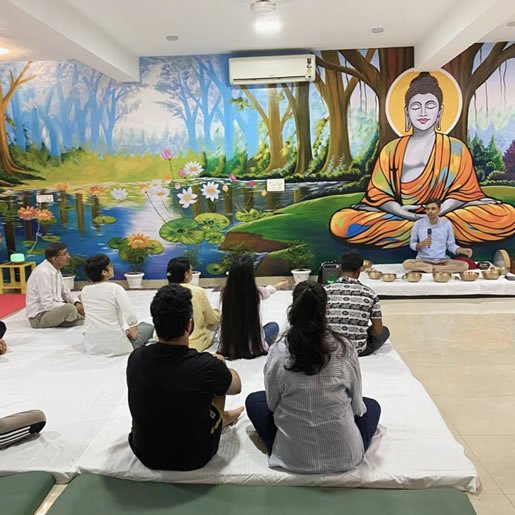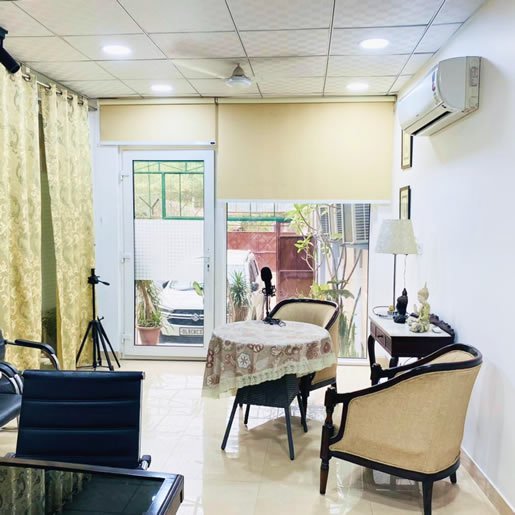The Age of Constant Connection
We live in a world where silence has become rare. Our phones buzz every few minutes, screens light up our nights, and notifications chase our attention like restless bees. From the moment we wake up, we are pulled into a whirlwind of information—messages, news, emails, reels, and endless scrolling. It feels like connection, but often, it leaves us more disconnected than ever.
Digital overload is no longer just a modern inconvenience; it is a mental health crisis in disguise. Studies show that the average person checks their phone over 150 times a day, and according to Harvard Business Review (2023), digital distractions now consume nearly 47% of our waking hours, fragmenting focus and increasing anxiety.
We are always “on,” but rarely present.
The Cost of Constant Stimulation
Our brains were never designed to process this much information. The more we multitask digitally, the more we weaken our ability to focus deeply. Research by Stanford University found that chronic multitaskers perform worse on memory and attention tests than those who focus on one task at a time.
When we are bombarded by notifications, the brain’s dopamine system rewards us for every “ping” or “like.” Over time, we start craving that stimulation—scrolling without purpose, refreshing feeds out of habit. It is not just distraction; it is addiction.
The World Health Organization (WHO) has even linked excessive screen use with rising levels of anxiety, sleep disturbances, and reduced emotional regulation. And it is not hard to see why—our attention is constantly under siege.
As the philosopher Blaise Pascal once said, “All of humanity’s problems stem from man’s inability to sit quietly in a room alone.”
Losing the Present Moment
When our minds are divided between countless digital interactions, we lose touch with the present. We stop noticing the world around us—the taste of food, the sound of rain, the warmth of human presence. Life becomes a blur of activity without awareness.
A study from Harvard University revealed that people are happiest not when they are entertained, but when they are fully engaged in the present moment. Yet the more digitally distracted we become, the less we experience this natural happiness.
We scroll through other people’s lives and forget to live our own. We talk to friends with our eyes on the screen. We work longer but think shallower. The result? A life filled with motion but missing meaning.
The Power of Slowing Down
The good news is that the antidote to digital overload is beautifully simple—presence.
When we slow down and bring awareness back to this moment, something magical happens: our mind quiets, our breathing softens, and we feel grounded again. Mindfulness, once seen as an ancient spiritual practice, has become a scientifically validated remedy for our overstimulated age.
A 2019 study published in JAMA Internal Medicine found that just 10 minutes of mindfulness practice daily significantly reduces stress and improves focus. Neuroscience shows that meditation strengthens the prefrontal cortex—the part of the brain responsible for decision-making and emotional control—while shrinking the amygdala, our center of fear and stress.
Simply put, mindfulness rewires us for calm, clarity, and balance.
Reclaiming the Art of Presence
We do not need to reject technology—it is not the enemy. The real challenge is to use it consciously, not compulsively.
Here are a few ways we can reclaim presence in our digital lives:
-
Start and end the day tech-free. The first and last 30 minutes of your day are sacred. Use them for reflection, silence, or gratitude—not screens.
-
Turn off non-essential notifications. Every ping is a claim on your mind. Protect your focus like it is your most valuable asset—because it is.
-
Practice digital sabbath. One day a week, disconnect intentionally. Let your mind breathe.
-
Mindful scrolling. Before opening social media, ask, “Why am I here?” If the answer is unclear, put it away.
-
Reconnect with your senses. Notice your breath, the sound of birds, the texture of your food. Awareness pulls you back to now.
The Gift of Being Here
Presence is not a luxury; it is our natural state, the ground from which joy and creativity grow. When we stop running from moment to moment, life expands. Conversations deepen, work becomes meaningful, and small joys—like a sunset or a laugh—begin to shine again.
As the writer Anne Lamott beautifully said, “Almost everything will work again if you unplug it for a few minutes, including you.”
In a world addicted to noise, choosing silence is revolutionary. In an age of distraction, attention is love.
So, let us pause. Let us breathe. Let us be fully here. Because when we are present, we do not just live more—we live better.
Final Thought
The digital age has given us incredible tools, but it’s also taken us away from ourselves. The art of presence isn’t lost—it’s waiting to be remembered. When we learn to slow down and truly be where we are, we rediscover the richness that was always there—quiet, simple, and beautifully alive.
Are you looking for inner peace, deep relaxation or holistic solutions for mental health? Visit http://themindtherapy.in - your space for online counselling/therapy, free mental health tests, meditation, sound therapy etc.
Mind Therapy is India's trusted platform for mental health, mindfulness, and holistic healing. Explore expert-led programs, guided meditation, sound therapy and counselling at http://themindtherapy.in

